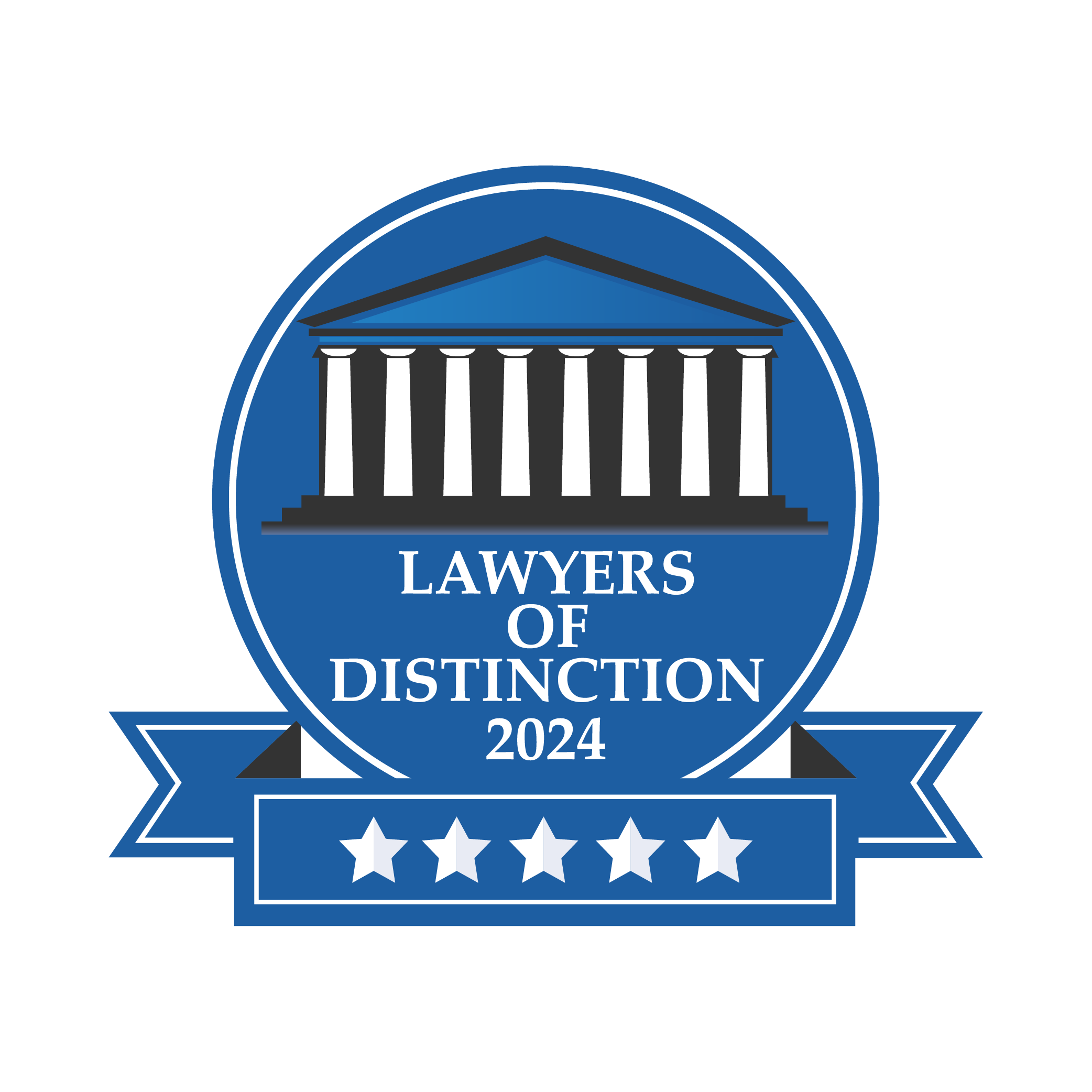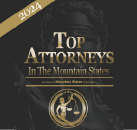A multi-car accident can be an extremely messy situation. First, there is the accident itself. Traffic is delayed, and there is mayhem on the streets. Second, there can be significant damage sustained to your car as well as the other cars in the chain. In some cases, nearby property could also incur damage as a result of the accident. Finally, there are the injuries. Depending on the severity of the accident, serious personal injuries can arise from the multi-car wreck. Sorting out multiple car rear end collision fault with insurance companies and the courts can be complicated given the number of moving parts. In this article, our Las Vegas car accident lawyers look at what a chain reaction pileup is, who’s at fault in a multi-car collision, and various factors to consider.
What is a chain reaction pileup?
A chain reaction pileup occurs when three or more cars are involved in a crash that is linked together. Typically, the initial collision between two cars will cause another crash down the line, which then potentially causes another crash, and so on. For instance, in the simplest of scenarios, Car A is stopped at the red light, and Card D is at the back of the line: Car D → Car C → Car B → Car A | Red Light Car D is coming into the light, but because Car D was texting on their phone, Car D doesn’t stop in time and rams into the rear of Car C. Car C, stopped a little too close to Car B then rams into Car B’s rear, which results in Car B ramming into Car A. Of course, a chain reaction pileup can be much more complicated than the scenario described above. A mixture of driver error, road conditions, hazards, etc. can all be causes of this type of multi-vehicle accident. The most notorious multi-car accidents typically occur on large highways where vehicles are traveling at high speeds. This, mixed with low visibility, can result in a multi-car rear end collision involving hundreds of vehicles and even fatalities. This type of accident is especially dangerous as the sheer number of cars crumpled together makes it difficult for drivers to escape.
How to prove fault
Given there are multiple vehicles involved, who’s at fault in a car accident? Proving multiple car rear end collision fault is not a simple task. In order to prove fault, you’ll need to demonstrate through evidence which driver was negligent, resulting in the car crash. Take the example we discussed above. Since Car D was texting and initiated the initial crash, it would seem likely Car D would be at fault. The car at the back that started the chain reaction (Car D) would then be liable to pay Car A, Car B, and Car C for damages. This scenario, however, can be an oversimplification. Other cars down the chain can still be found partially at fault. If, for whatever reason, the other cars were found negligent in preventing the accident, fault can be spread amongst the various drivers. As mentioned, proving multiple car rear end collision fault requires evidence. Evidence can come in the form of the following:
- Security camera footage
- Damages to vehicles
- Evidence left at the accident scene (i.e. skid marks, debris, etc.)
- Witness testimony
All evidence and facts must be compiled and analyzed to determine who’s at fault. If the accident was large enough that it lands in court, the jury will consider all the evidence and then assign fault to the parties involved.
Factors to consider
As we have discussed before, determining responsibility in a multi-car accident can be tricky. Is the person who rear ends someone always at fault? Again, not always. There are a variety of factors to consider when this type of accident occurs. These factors become especially important when dealing with multiple car accident claims. Insurance adjusters will need to take everything into consideration before assigning fault and handing out payments. Here are some factors to consider:
- Road conditions: Was it foggy, or was it a blizzard condition? Was there black ice present?
- Evidence: Investigators will consider the position of the vehicles immediately after the accident. They’ll look at the extent of damages, debris, and perhaps any ‘black box’ data recorders.
- Eyewitnesses: All eyewitnesses will be interviewed, and their stories will be corroborated with each other. Eyewitnesses can include passengers within the vehicles involved with the accident.
- Unlawful driving: Those found to be driving under the influence of drugs or alcohol or perhaps speeding will be assigned fault as determined by investigators.
- Proper signage: If a construction crew was working and did not provide adequate signage causing an accident, partial fault could be placed on the construction company.
Contact Valiente Mott
If you’ve found yourself in a multi-car accident and have sustained any type of injury, contact a Las Vegas personal injury attorney from Valiente Mott Injury Attorneys today for a free consultation. Our experts will walk you through the legal process, ensuring you get the maximum amount for your insurance claim.

